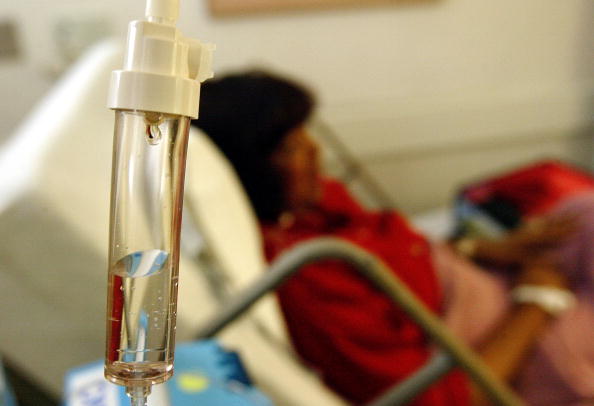
If a chemotherapy drug is in short supply, how do you choose which child with cancer should get it? A group of oncologists--the doctors who treat cancer--have created an ethical framework, a set of ethical guidelines for these situations. They argue that when chemotherapy is in short supply, doctors should make choices based on which patients have the best odds of being cured by the drugs.
Their article was published in the Journal of the National Cancer Institute.
Shortages of drugs to treat cancer in children happen frequently. These shortages complicate the typical treatment protocols and are ethically challenging, the oncologists wrote. "Curability, prognosis, and the incremental importance of a particular drug to a given patient's outcome are the critical factors to consider when deciding how to allocate scarce life-saving drugs," they wrote.
Doctors should consider this ethical framework for rationing scarce cancer drugs when there is no nationwide policy that spells out how to allocate chemotherapy during a shortage, the authors conclude.
The first response to a drug shortage should be to be efficient and minimize waste in using available supplies, they say. If there is not enough medicine to go around, doctors should consider the curability of a given patient, taking into account how well a medicine works for a particular tumor type as well as individual patient characteristics.
When the chances of survival are very different, it may be very easy to choose which child has better odds. But when the odds are similar, this is no longer an easy way to ration scarce medications.
The type of tumor has to be taken into account, as well as the phase of treatment the child is in. It makes more sense to prioritize a drug to children with a type of cancer that is more likely to be cured by that drug. A child recently diagnosed with a treatable cancer may have a greater need for that chemotherapy than another kid who has already been in treatment for a while and who is taking the drug to help prevent tumors from returning.
Children who need only a small amount of medicine for a course of treatment might get priority over children who would need larger quantities, the authors suggest.
